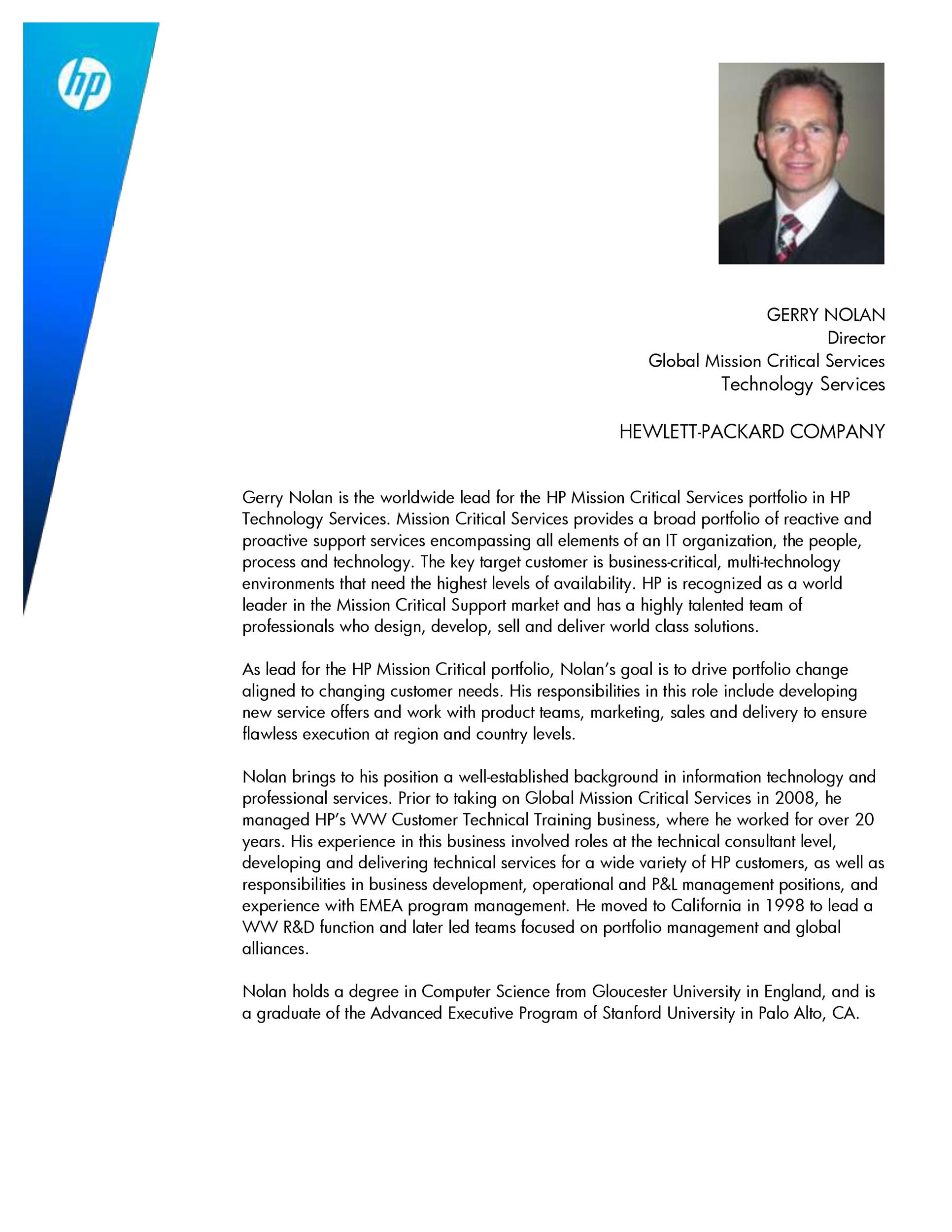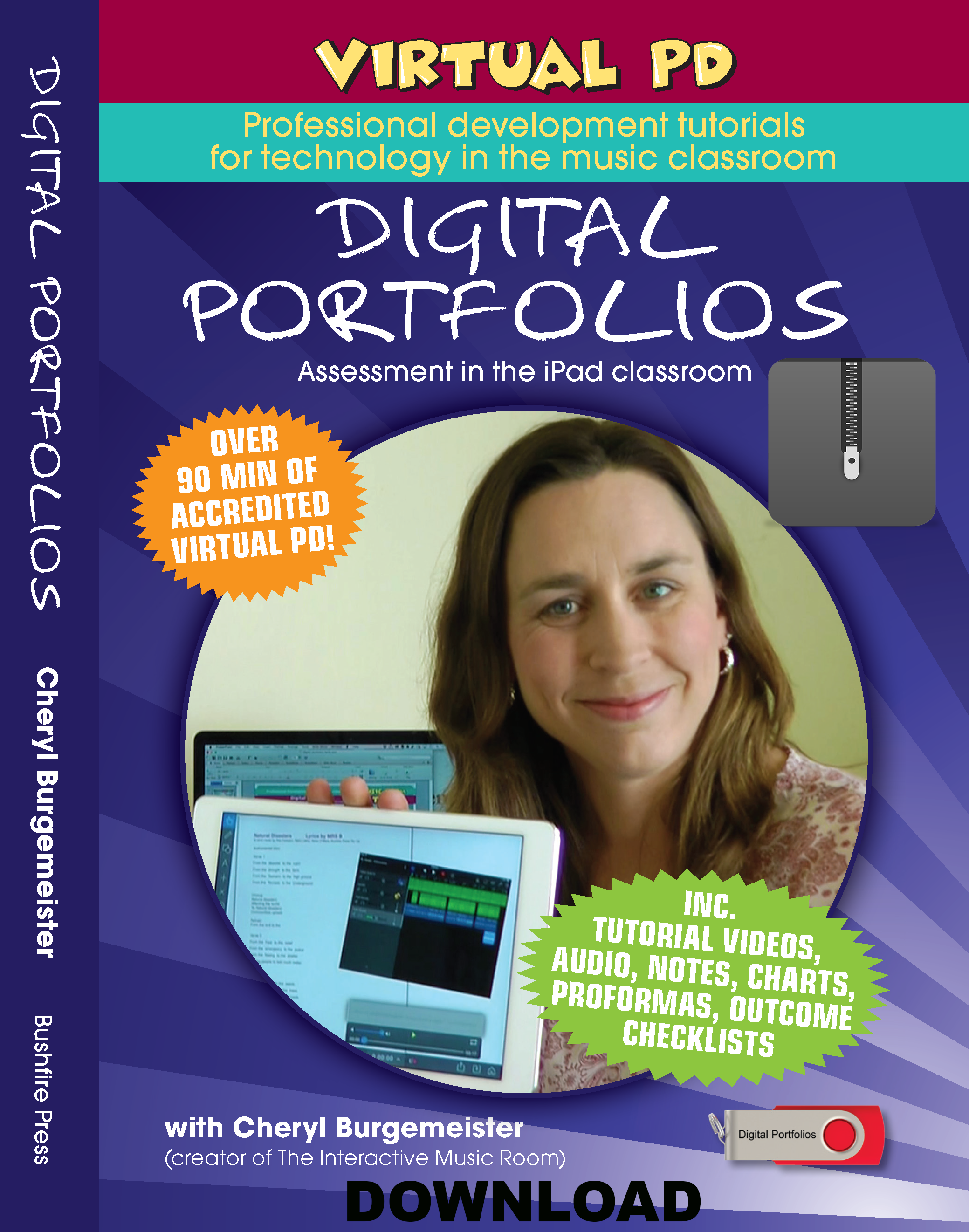Portfolio Presentation
| Introduction | ||
|---|---|---|
| A portfolio is a collection of your best work that showcases your skills and abilities. It serves as a visual representation of your professional journey and accomplishments. Portfolios can be physical or digital, depending on your preference and industry. | ||
| 1 | ||
| Purpose | ||
|---|---|---|
| The primary purpose of a portfolio is to demonstrate your skills and expertise to potential employers or clients. It can help you stand out from other candidates during job interviews or project pitches. A portfolio also provides evidence of your past projects and accomplishments, giving credibility to your claims. | ||
| 2 | ||
| Types of Portfolios | ||
|---|---|---|
| Career Portfolio: Highlights your professional growth, including resume, cover letter, and samples of your work. Academic Portfolio: Showcases your academic achievements, such as research papers, projects, and presentations. Artistic Portfolio: Displays your creative works, such as paintings, photographs, or design projects. | ||
| 3 | ||
| Contents of a Portfolio | ||
|---|---|---|
| Introduction: Include a brief bio, statement of purpose, and an overview of your skills and experience. Resume: Provide a condensed version of your professional experience and qualifications. Work Samples: Showcase your best projects and highlight their relevance to the industry or job you're targeting. | ||
| 4 | ||
| Design and Organization | ||
|---|---|---|
| Keep your portfolio visually appealing with a consistent design theme and layout. Use clear headings, labels, and sections to make navigation easy for viewers. Arrange your work samples in a logical order, emphasizing your strongest pieces. | ||
| 5 | ||
| Digital Portfolios | ||
|---|---|---|
| Digital portfolios are becoming increasingly popular due to their accessibility and ease of sharing. Websites, online platforms, or specialized portfolio tools can be used to create and host your digital portfolio. Ensure that your digital portfolio is mobile-friendly and optimized for various devices. | ||
| 6 | ||
| Tailoring Your Portfolio | ||
|---|---|---|
| Customize your portfolio based on the specific industry or job you're targeting. Highlight relevant skills and experiences that align with the requirements of the position. Regularly update and refine your portfolio to reflect your latest work and accomplishments. | ||
| 7 | ||
| Tips for Success | ||
|---|---|---|
| Choose quality over quantity when selecting work samples for your portfolio. Use concise and compelling descriptions for each project to provide context and showcase your impact. Seek feedback from trusted mentors or professionals to improve your portfolio's effectiveness. | ||
| 8 | ||
| Presentation and Delivery | ||
|---|---|---|
| Practice presenting your portfolio to confidently articulate your skills and experiences. Be prepared to answer questions or provide additional details about your work during presentations. Use your portfolio as a visual aid to engage and guide your audience through your projects. | ||
| 9 | ||
| Conclusion | ||
|---|---|---|
| A well-crafted portfolio can be a powerful tool in advancing your career or business. Regularly update and refine your portfolio to reflect your growth and adapt to changing industry trends. Embrace the opportunity to showcase your unique talents and stand out in a competitive market. Note: This is a sample presentation, and the content can be adjusted to suit the specific needs and requirements of your presentation. | ||
| 10 | ||









